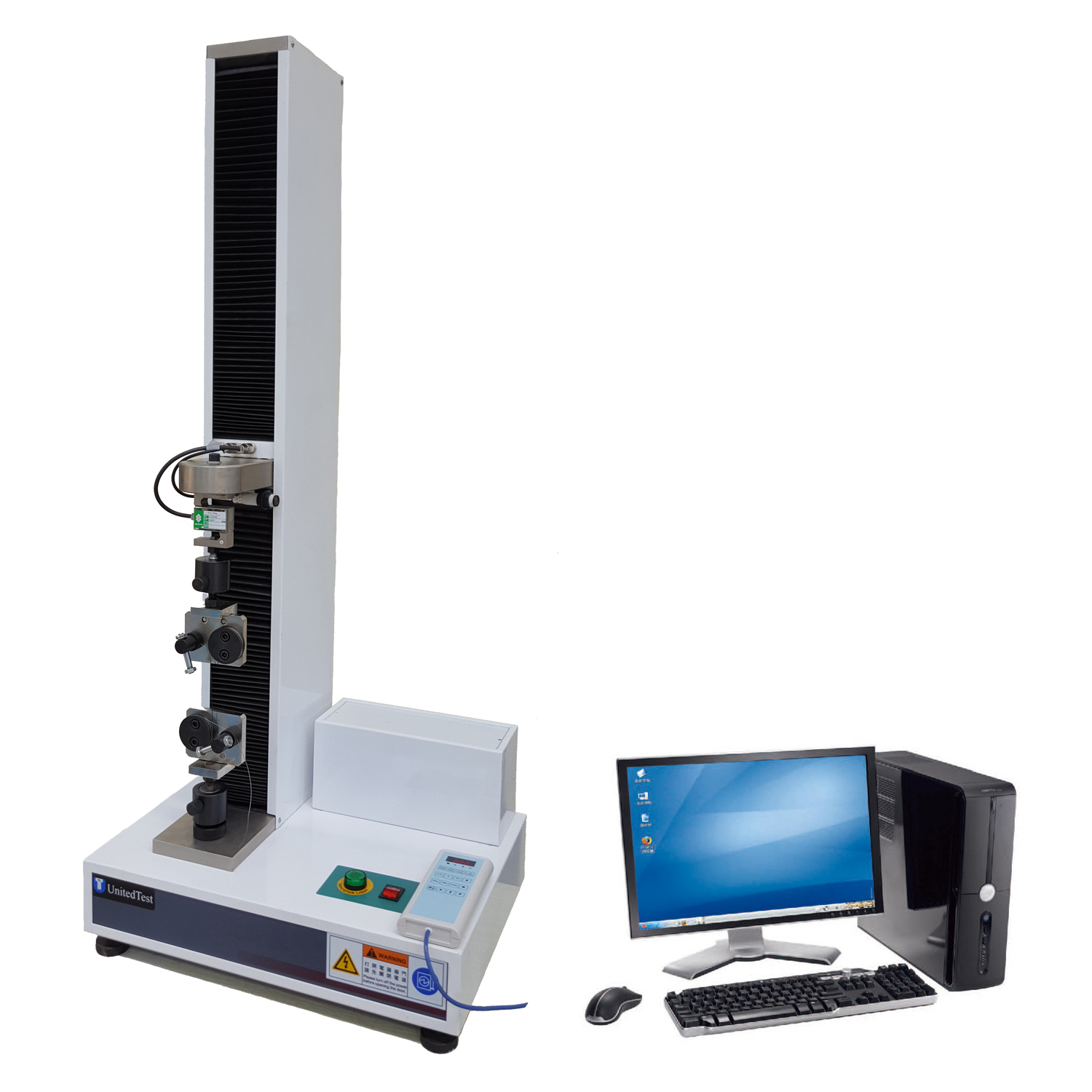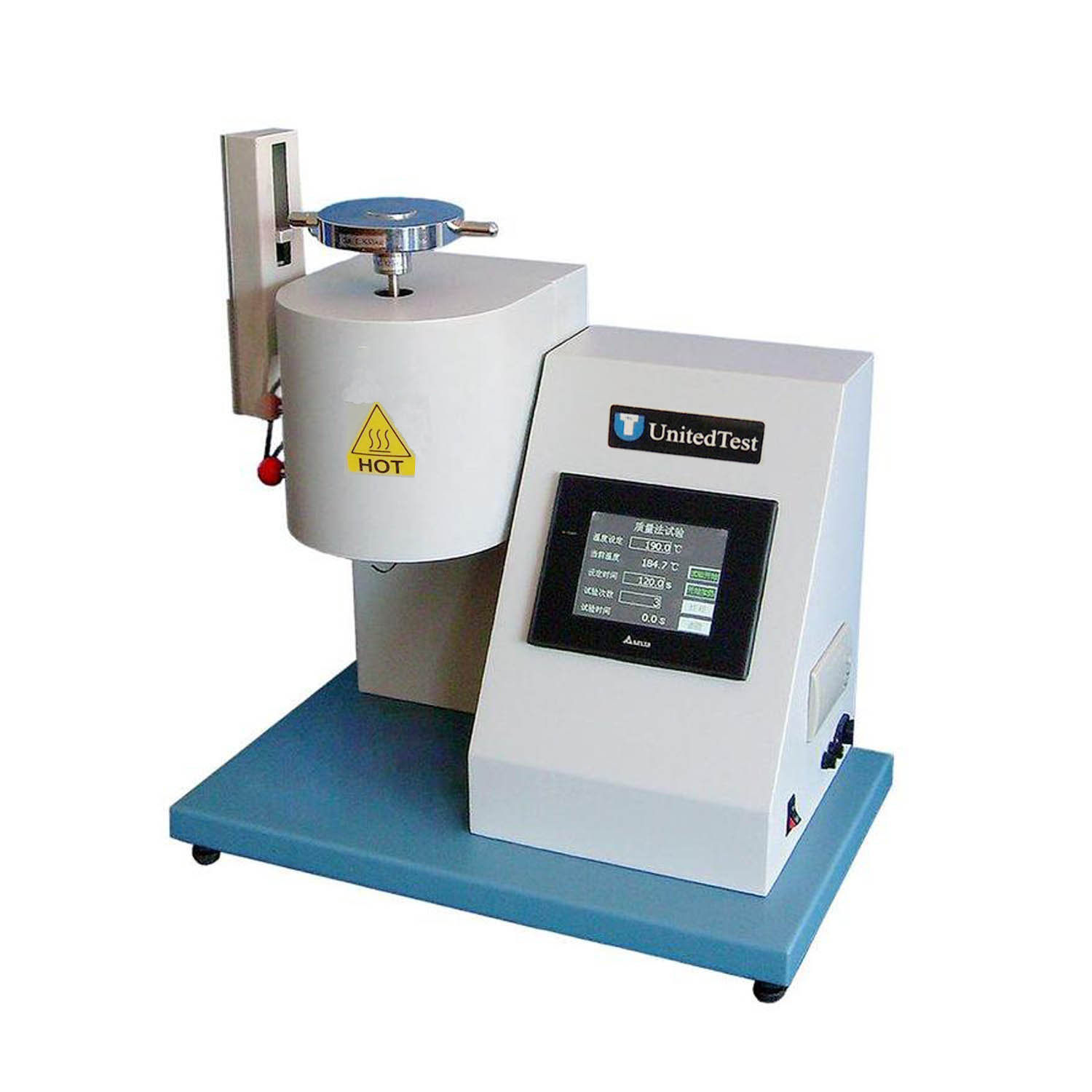ASTM D695 Plastic Compressive & composites Test machine, Compression testing

Test Procedure
For the ASTM D695 or compression properties, testing uses a compression fixture designed to crush the material put between the compressor plates. Compressive loading is done slowly at a uniform rate. First, the crosshead of the upper portion of the compressor is adjusted to touch the rigid plastic specimen placed between two compressor surfaces. Next, the sample is compressed steadily until failure is observed. Finally, the stress-strain data and the maximum load applied are recorded. The front portion of the fixture contains an extensometer that records the modulus.
Specimen Size
Blocks or cylinders of test material are used as specimens. For the ASTM D695 test, usually 12.7 × 12.7 × 25.4 mm (½ by ½ by 1 inch) blocks are used. Also, 25.4 mm (1 inch) long cylinders having 12.7 mm (½ in) diameter can be used. For the ISO test, the ideal specimens used are 50 × 10 × 4 mm for determining modulus and 10 × 10 × 4 mm specimens for determining strength.

Data
This test reports maximum load, maximum stress, modulus of elasticity, and yield by offset (stress). Units for compressive strength are usually given in megapascals or pounds per square inch.
Compressive strength = maximum compressive load/minimum cross-sectional area
Compressive modulus = change in stress/change in strain
Conclusion
ASTM D695 testing examines the compressive properties of reinforced and unreinforced rigid plastics by straining and loading the plastic at a relatively low compression rate.












